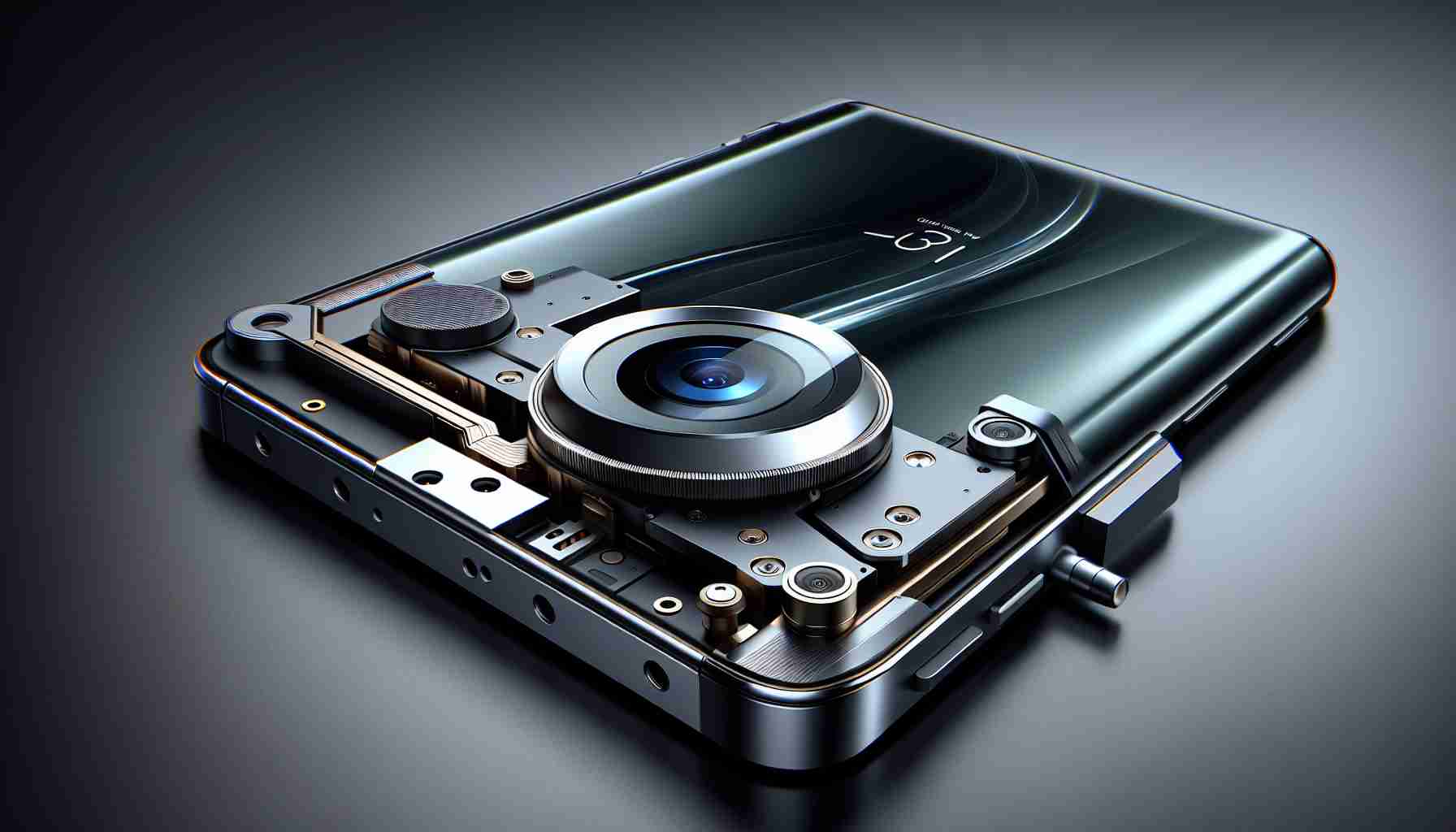In an impressive streak, China has witnessed a consistent surge in smartphone shipments for four quarters, hinting at a renewed upgrade cycle. Among the latest releases, the OnePlus 13 stands out distinctly. While other phones may be remembered for their specs or designs, OnePlus 13 imprints itself through its unique tactile sensation.
The Sensational Grip: A Revived Legacy
For two weeks, the white OnePlus 13 has been my go-to device, primarily because of its exceptional touch. This distinct feel harks back to OnePlus’s early days, making it a formidable contender. The silky glass back, treated with a refined coarse texture, offers a velvety sensation and remains smudge-free. Carefully curved glass edges blend seamlessly, enhancing its sleek profile.
Visual Delights: A Feast for the Eyes
Collaboration with BOE has ushered in the second-gen display for OnePlus 13, boasting 2K resolution and adaptive 120Hz refresh rate. The screen is vivid and clear, even in harsh light, thanks to the sophisticated X2 display material. Color settings offer versatility, accommodating various user preferences.
Unleashing Power and Beyond
Performance enthusiasts will revel in OnePlus 13’s prowess, powered by Snapdragon 8. With a maximum of 24GB RAM and 1TB storage, the phone runs effortlessly even with numerous apps open. Gaming experiences have been enhanced, handling demanding titles with minimal power consumption.
Photography Innovations and Reliability
The imaging system is another highlight, utilizing advanced Sony sensors and sophisticated algorithms to deliver stunning photos. The mix of hardware and software prowess results in images ready to dazzle on social platforms. Coupled with impressive battery stamina, OnePlus 13 promises reliability and exquisite photographic creativity.
In essence, OnePlus 13 artfully combines performance and elegance, ensuring that every interaction—from tactile to visual—is memorably exquisite.
The Rise of Tactile Technology: How OnePlus 13 is Changing Our Lives
The modern smartphone industry is witnessing a nuanced revolution, where sensory experiences play a pivotal role. While specifications and design often dominate discussions, the OnePlus 13 presents a fresh perspective by emphasizing the user’s tactile interaction. This novel approach is reshaping the lives of individuals and communities worldwide. Let’s explore the unique aspects of the OnePlus 13, along with some intriguing facts and controversies that surround tactile technology.
The Human Touch: A New Era of Phone Interaction
The OnePlus 13 is celebrated for its distinct tactile sensation, reminiscent of the brand’s formative years. While smartphones traditionally focus on visual and technical specifications, this device distinguishes itself by prioritizing the user’s physical interaction. This sensory leap can improve user engagement, providing a more intimate connection with the device.
Impact on Accessibility and Communication
This tactile innovation extends beyond personal preferences. For many users with visual impairments, enhanced tactile interfaces can vastly improve accessibility and ease of use, offering an alternative means to interact with their smartphones. This has significant implications for digital inclusivity, potentially impacting millions worldwide.
Opportunities for Diverse Applications
Tactile technology in smartphones can be a game changer across industries. From gaming, where touch feedback can enhance immersive experiences, to professional settings, where precision is crucial, the OnePlus 13 serves various roles. This innovation opens doors for developers to create apps that leverage sophisticated touch interactions.
The Cost of Comfort: Potential Drawbacks
However, integrating advanced tactile technology isn’t without its challenges. Manufacturing such features can increase production costs, potentially raising the overall price of smartphones. This trade-off between sleek design and affordability could create a gap between those who can access this technology and those who cannot.
Moreover, how necessary is this tactile evolution? While the sensation may be gratifying, its criticality is debatable. Will users prioritize feel over functionality? The answer depends on user demographics and their unique preferences.
Controversies and the Sustainability Question
Another consideration is sustainability. Advanced tactile materials might raise environmental concerns if they aren’t recyclable or add to electronic waste. This raises questions about how companies like OnePlus are addressing environmental challenges associated with new materials.
Balancing Technology with Comfort
Ultimately, the key lies in achieving a balance between innovative tactile experiences and traditional performance aspects. As tactile technology evolves, developers and manufacturers must work together to ensure that the enhancements align with user needs without compromising environmental and economic sustainability.
For more information on emerging smartphone technologies and their implications, visit theverge.com or wired.com. These platforms offer comprehensive insights into the dynamic tech landscape and its impact on society.























